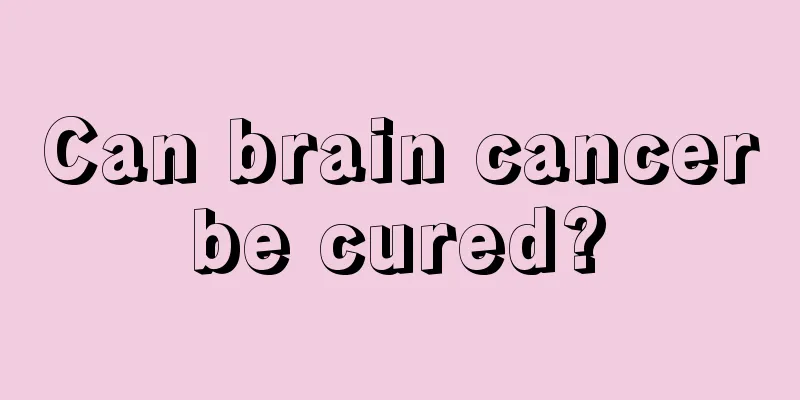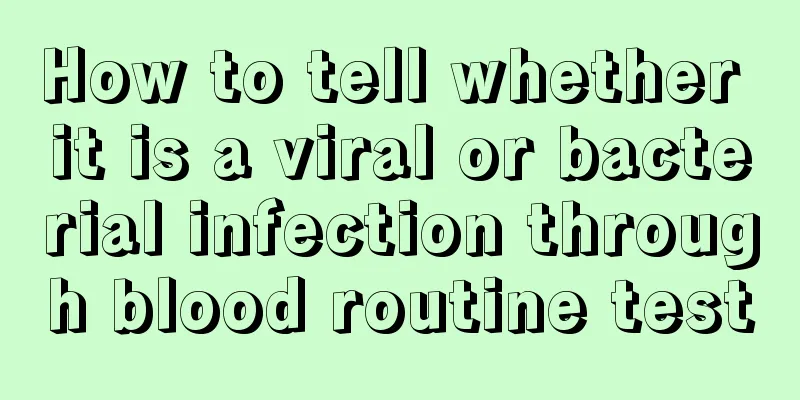What are the chemotherapy drugs used in clinical treatment of lung cancer

|
Chemotherapy is one of the three main methods for treating lung cancer. Although chemotherapy has relatively large side effects, its position is very stable. Neoadjuvant chemotherapy before surgery can reduce tumor stage and increase surgical resection rate, and can improve the long-term survival rate of patients with stage III NSCLC. Platinum has always been in a dominant position in chemotherapy, and platinum combined with new chemotherapy drugs is currently the first choice for the treatment of advanced NSCLC. These new chemotherapy drugs include gemcitabine, vinorelbine, paclitaxel, and GP, NP, and PC regimens. According to literature reports, these chemotherapy regimens are more effective than the traditional commonly used regimens CAP and EP, and can be used as first-line chemotherapy regimens for the treatment of advanced non-small cell lung cancer. 1. Gemcitabine is cell cycle specific and is an antimetabolite anticancer drug that mainly acts on the DNA synthesis phase (S phase). Under certain conditions, it can prevent the progression of the G1 phase to the S phase. Its cytotoxic effect in vitro is dose- and time-dependent. 2. The mechanism of vinorelbine is to block the polymerization of tubulin to form microtubules and induce microtubule depolymerization, so that cell growth stops at the metaphase of mitosis. 3. Paclitaxel interferes with the division process of the microtubule system and prevents tumor cell mitosis. For locally advanced or metastatic NSCLC that progresses after first-line platinum-containing chemotherapy and has a suitable behavioral status, docetaxel is recommended as a second-line treatment; 4. Gefitinib combined with chemotherapy cannot improve the efficacy of advanced non-small cell lung cancer. However, experts still recommend gefitinib as a second-line or third-line treatment, and as a single agent for non-small cell lung cancer that has failed platinum-based and paclitaxel chemotherapy. The main side effects of these chemotherapy regimens are bone marrow suppression, hand-foot syndrome, and neurotoxicity. Long courses of treatment can lead to toxic accumulation and cause other treatment-related symptoms and signs. This makes the most appropriate course of chemotherapy for non-small cell lung cancer a very prominent issue at present. |
<<: Can I move around after lung cancer surgery?
>>: What are the diagnostic criteria for lung cancer
Recommend
Can radiation protection clothing be washed directly?
Whether at home or abroad, anti-radiation clothin...
What are the characteristics of the early symptoms of esophageal cancer? How to identify the 5 early symptoms of esophageal cancer?
Esophageal cancer is one of the common digestive ...
Biological immunotherapy for advanced bone cancer
Biological immunotherapy for the treatment of adv...
Can patients with bladder cancer eat garlic sprouts
Bladder cancer is the most common of the ten majo...
What is the reason for chest congestion after meals
Chest congestion means that there are some proble...
Can I drink ginger water if my gums are inflamed?
Ginger is a very important condiment in our lives...
Why is phlegm yellow?
It is very uncomfortable to produce phlegm, espec...
Is there a cure for undifferentiated nasopharyngeal carcinoma?
Is there a cure for undifferentiated nasopharynge...
Is it okay to sleep with your head in your hands
Everyone's sleeping posture is different depe...
What are the symptoms of urinary retention?
Many people may have heard of urinary retention, ...
What to do if the gonad reflex area hurts
Headache in the gonad reflex area is a symptom th...
What are the taboos of lemon paste
Lemon paste is a relatively common health food. E...
7 small recipes for moistening the lungs and quitting smoking to prevent lung cancer
Smoking is harmful to human health and is also an...
What are the early symptoms of nasopharyngeal cancer that may appear in life
There are many patients with nasopharyngeal cance...
Does pneumonia need timely treatment?
If you suffer from pneumonia, you must seek timel...









